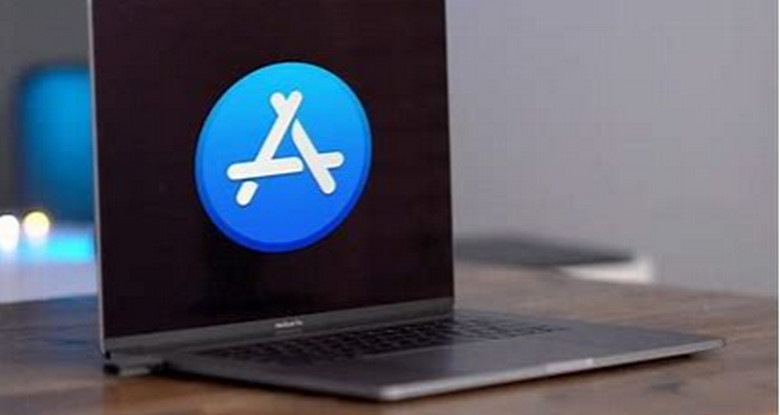Switching between devices is becoming more and more effortless thanks to Apple’s ecosystem.
The ability to run Mac software on your iPhone and iPad is one of the most intriguing capabilities. A new degree of productivity and convenience is provided by this combination.
The source symbol
The source symbol
Recognizing Compatibility
It’s important to realize that not all Mac apps are compatible with iOS devices before beginning the procedure. The software needs to be specifically made for the Apple silicon processors that are present in the most recent Mac models. If an app bears the “Designed for iPhone” or “Designed for iPad” designation, you can find it in the Mac App Store.
The source symbol
Locating Apps That Work
To locate apps that work well together:
Launch the Mac App Store: On your Mac, open the App Store.
The source symbol
Look for applications: To locate apps you’re interested in, use the search bar.
Verify if they are compatible: Seek out the label that reads “Designed for iPhone” or “Designed for iPad”.
The source symbol
Using and Installing Mac Applications on iOS
Get the app: Get the app from the Mac App Store if you haven’t already.
Examine the App Store: On your iPhone or iPad, the app will automatically show up in your App Library.
Open the application: To open the app, tap its icon.
iOS optimizations
Although a lot of Mac apps run smoothly on iOS, others may need to be adjusted because of the variations in screen sizes and input techniques. Apple has added a number of features to improve the user experience, including:
Touchscreen interactions: A lot of apps for iPhones and iPads have touch-based controls, which makes them easy to use.
Window resizing: Programs are able to adjust to various screen sizes for the best viewing experience.
The source symbol
Support for keyboards and mice: If your iPad has a keyboard, you can use these add-ons for accurate input.
Advice for Best Utilization
Benefit from iCloud: synchronize data to ensure smooth continuity between all of your devices.
Make use of continuity features: You can improve your workflow by utilizing tools like Handoff and Universal Clipboard.
Examine the settings of the app: Numerous apps provide options so you may personalize your iPhone or iPad’s experience.
Give a critical assessment: To make future updates better, let app developers know about your experience.
Restrictions & Things to Think About
Although using Mac software on iOS represents a big advancement, there are a few things to keep in mind:
Not every Mac app is interoperable: As previously stated, iOS can only run apps created for Apple hardware.
Performance variations: Due to hardware constraints, some apps may not run as smoothly on iOS as they do on a Mac.
User interface modifications: To make certain apps work best on smaller screens, the user interface may need to be changed.
Prospects for the Future
It is clear that Apple is committed to ensuring smooth device interoperability. We can anticipate more Mac programs becoming available on iOS as technology develops, as well as an improvement in the overall experience.



